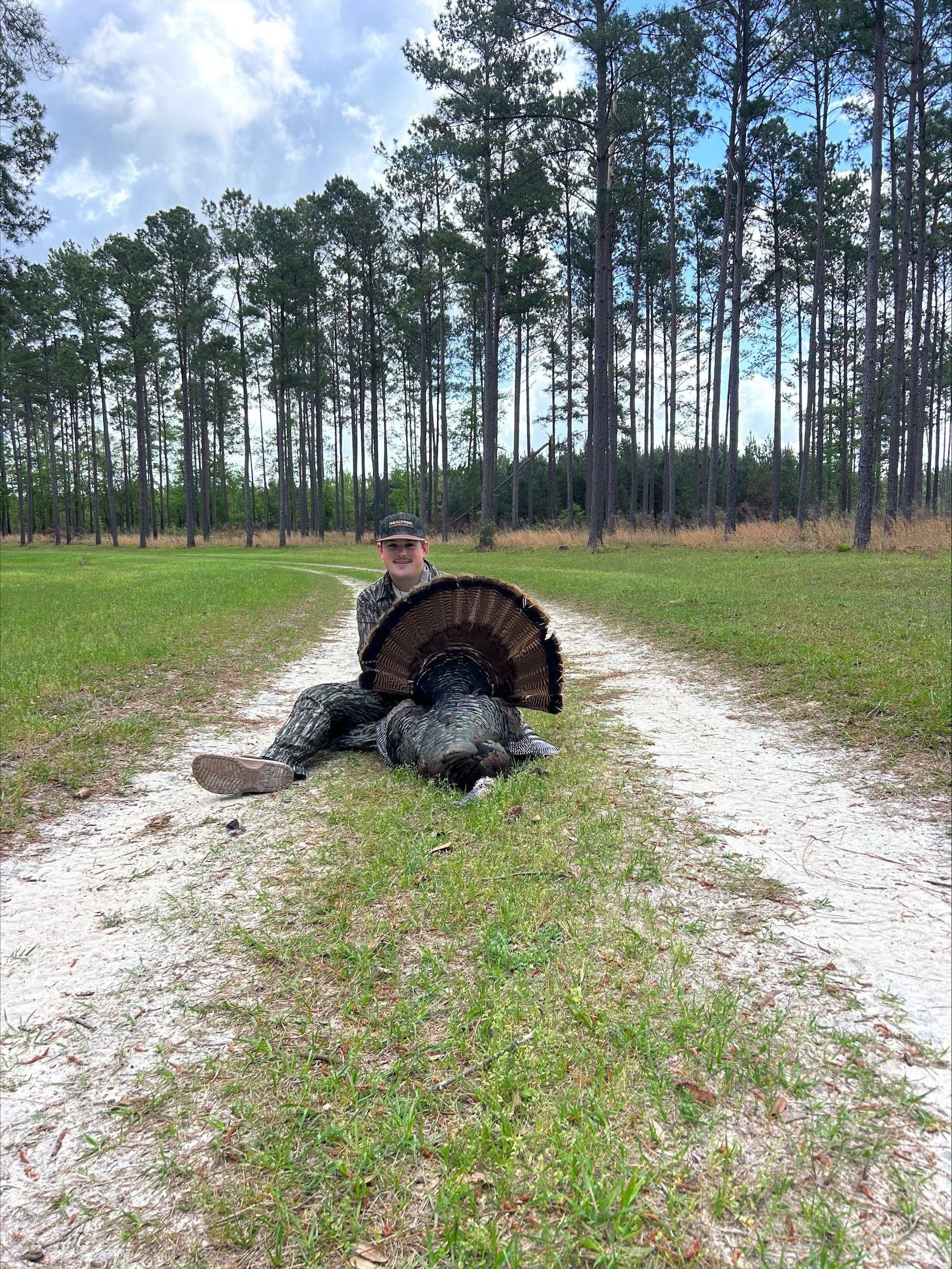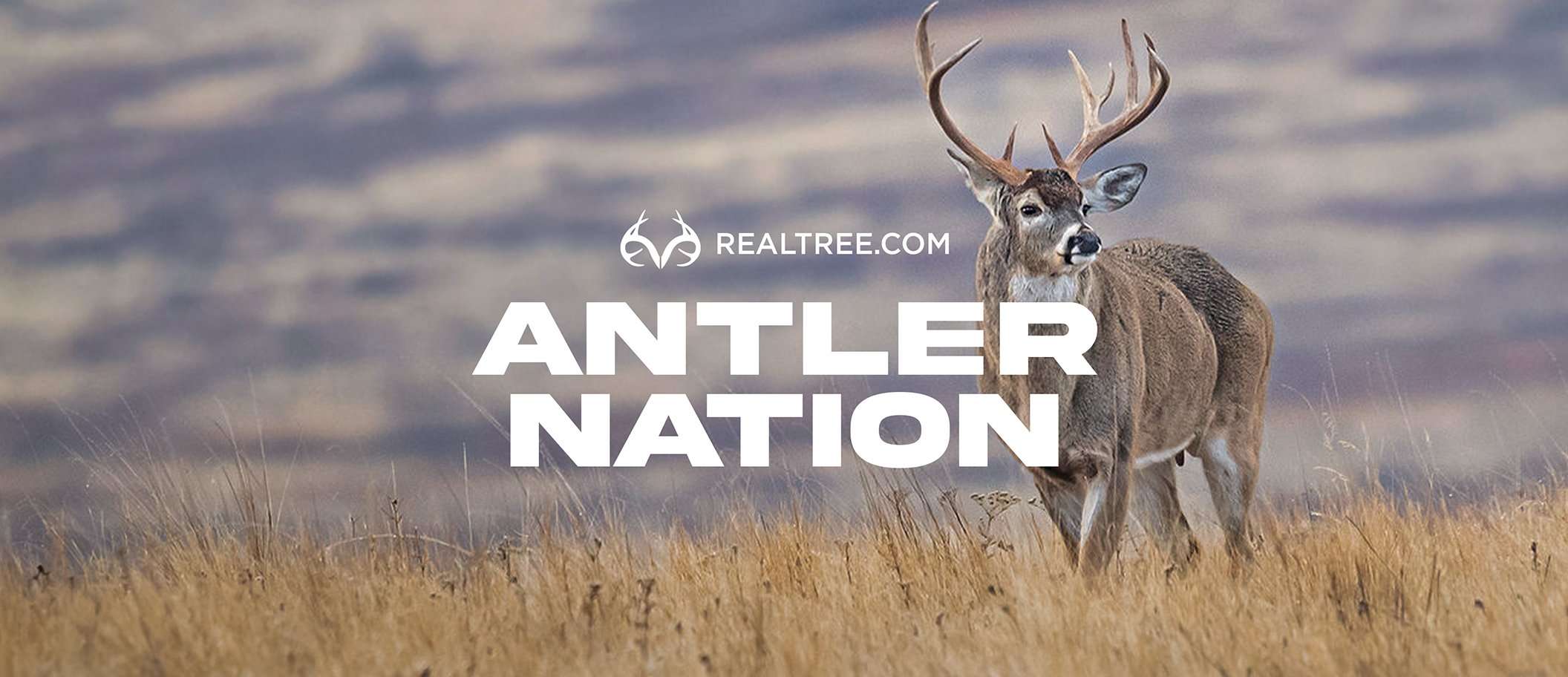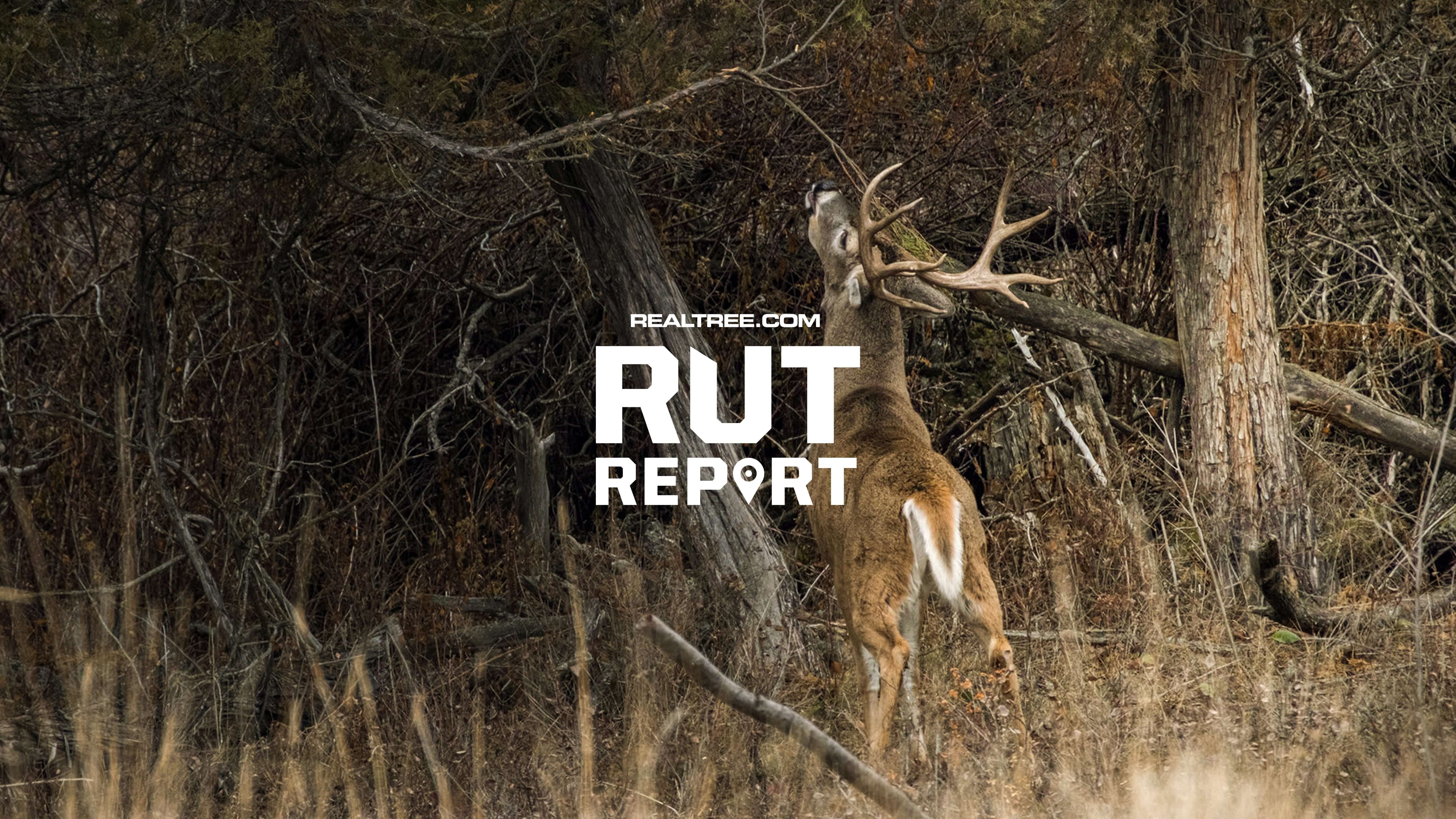Reports indicate many hens are going to nest and lone gobblers are out looking for love

Turkey behavior seems to be back on schedule since storms swept through the South last week. (Photo by Agnieskza Bacal)
Bad weather plagued the South last week hindering hunts throughout the region, but as skies have cleared and temps have warmed up, the birds seem to be back on schedule, with reports of plentiful gobbling and nesting hens.
Realtree’s Bill and Tyler Jordan have spent most of their time hunting in their home state of Georgia and say the poor weather put a damper on things, but the birds are back to doing what they should be doing now that the conditions have improved.
“It poured down rain for several days, but we’ve finally got some clear weather, “ Tyler says. “The gobbling has really picked up. Before, they’d pitch down off the limb and shut up. The hens are sitting on their nests now and the gobbling has picked up throughout the day. We’re seeing a lot of lone gobblers out there searching for receptive hens.”
Realtree Road Trips co-host Bryan Brown says the gobbling activity on the roost in Georgia has been good on the cool, crisp mornings. On the bad-weather days, the gobbling has been non-existent.
“Most of the gobblers I’ve been on have been roosted with or near hens, which has made it tough to work a gobbler into gun range,” Brown says. “The ones that are not roosted with hens have been very easy to bring into gun range with a few soft yelps.”
He says the most productive time of day to catch a gobbler by himself has been between 10 a.m. and 2 p.m.
“After about 3 p.m., my focus starts to shift toward getting a game plan figured out for the following morning,” Brown says.
Turkeys for Tomorrow (TFT) CEO Jason Lupardus says the opening week down in Southwest Georgia was plagued with some crazy weather.
“We were in Decatur County on Southwind Plantation guiding former MLB player Tim Hudson to help him experience his first turkey to harvest,” Lupardus says. “Rain, fog, and wind were working against us, and birds were not very vocal on the limb or on the ground. We found one bird that heated up in the mid-morning. He was definitely in range to be harvested as all of our hats were being blown off from the 20 minutes of intense gobbling at 30 to 50 yards; however, the fog was so thick that we could never get the trigger pulled.”
Lupardus says overall, the birds are definitely ready down in South Georgia, as long as the weather cooperates.
TFT board member Dan Braman says hunters at Mellon Creek Outfitters in South Texas have experienced a 100% success rate.
“The birds are still strutting in huge numbers and we’re seeing many hens alone, probably nesting,” Braman says. “Last evening, I saw one group of 29 toms with more hens than I could count. In total, I estimate seeing around 100 turkeys total. The numbers are phenomenal and rising.”

Rigsby Stewart shows off a nice Georgia bird. (Photo by Realtree)
Realtree’s Michael Pitts and some of his buddies recently took several veterans hunting at Redstone Arsenal in Huntsville, Alabama. “This was a great event and a chance for us to show appreciation to the people that fight for this country,” Pitts says.
They hunted a couple of days in early April and were able to get all 11 veterans a bird.
“The hunting was spectacular with lots of gobbling, strutting, spitting, and drumming,” Pitts says. “There were a lot of gobblers alone, almost as if some hens had already started nesting. The birds were very responsive to calls and would come to investigate at the drop of a hat.”
Pitts says Redstone Arsenal has great habitat and is managed to make sure the turkey population thrives.
“It was a great week to celebrate the veterans and the wild turkey,” he says.
Outdoor photographer Tes Jolly says that as spring progresses, she’s seeing single hens mainly early and late on her farm in Tuskegee, Alabama.
“The front that passed through last weekend dropped over 6 inches of rain in 36 hours,” Jolly says. “Tuesday morning, I heard no gobbles, but this morning the toms were cranked in high gear well after fly-down. I saw three hens together right after the rain and I’m hoping there weren’t any nests lost to flooding. Friends tell me they are seeing about the same. Toms are covering ground more as hens appear dedicated to nesting.”
Realtree’s David Blanton has been hunting in Mississippi, where he’s experienced a lot of gobbling activity as hens are spending more time on the nest.
“Late-morning gobbling is really picking up,” Blanton says. “There seems to be a lull not long after fly down, but around 10 a.m., they’re picking up. A good bet is finding a strut zone and hanging out there during middle of the day.”
Michael Arnold says heavy flooding dampened the hunt with his grandson in Mississippi last week. He says they set up on an island and the gobblers just wouldn’t cross the water.
“We did, however, have at least five different gobblers come to our calls,” Arnold says. “A single gobbler with five hens and four gobblers with 10 or so hens came in. While the last group of hens walked through the water, the gobblers refused to.”
Arnold says his granddaughter and her father had a great morning. They set up in a shooting house because of the storms and had eight gobblers with several hens show up.
“Five of the gobblers came in to their set up and she was able to take her first mature tom,” Arnold says. “Her dad got it all on video.”
Overall, southern hunters experienced another great week of gobbling and success. So far, this turkey season is shaping up to be a good one throughout the region.



















































